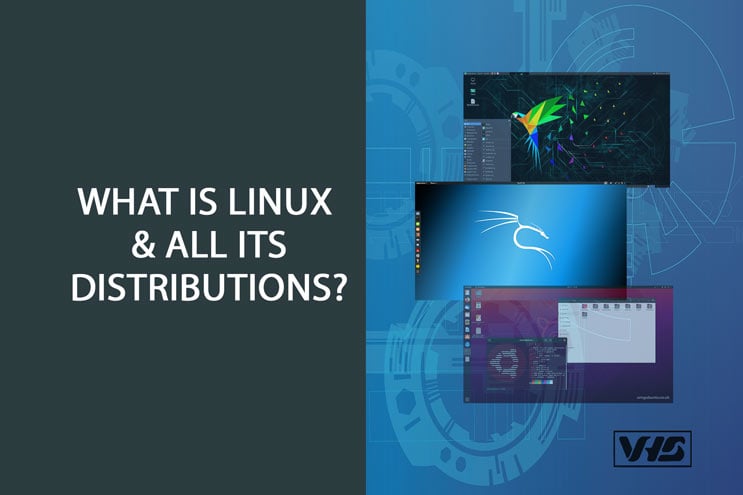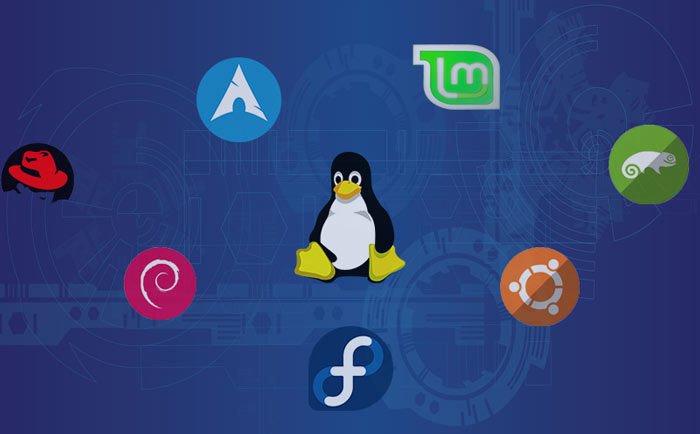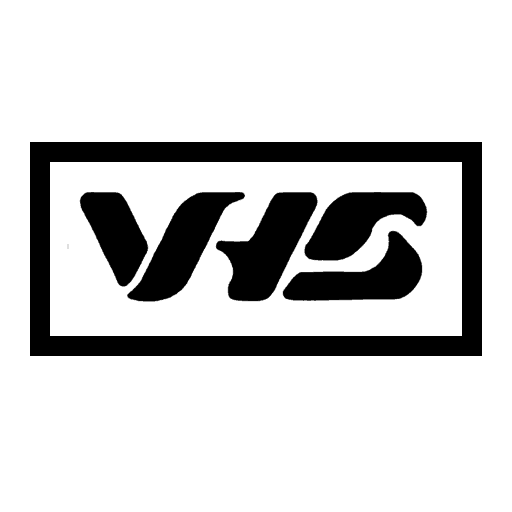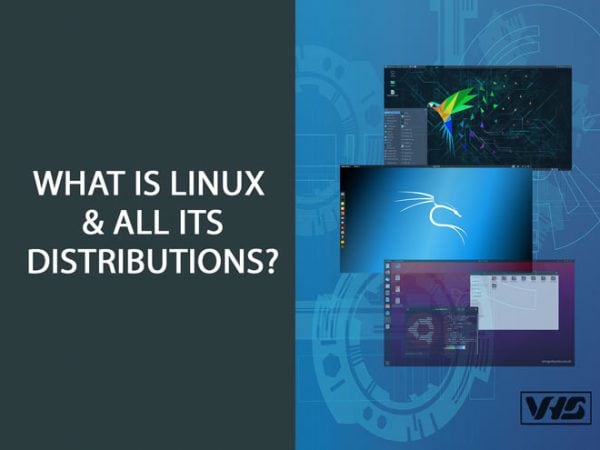
A Linux distribution or Linux distro is an operating system that consists of a collection of open-source software based on the Linux kernel and a package management system. Above all, each Linux distribution includes the Linux kernel as the foundation of the operating system. Secondly, it includes the GNU shell utilities as the terminal interface. In addition, this distribution also consists of a desktop environment that separates them from each other.
On October 5, 1991, Linus Torvalds announced the first official version of Linux. Since then it has grown to become one of the most widely used operating systems in the world. Above all, the Linux community has been one of the greatest forces to the free and open-source software movement.
What are the advantages of using Linux?
There are many reasons why you should choose to use Linux over other proprietary operating systems such as Windows and macOS. The open source community of this operating system made it the best servers operating system. However, these open-source communities work intensively on polishing the UX of these operating systems. Consequently, the user experience and ease of use have been steadily improving over the last few years. Here are some of the advantages that an open-source operating system provides over other proprietary operating systems:
Open-source software
The main benefit of an open-source operating system is that is free. Most importantly, because anybody can contribute to the project. Consequently, helping the administrator modify or enhance the project. In addition, the companies using open-source software do not have to think about complex licensing models provided by proprietary operating systems.
System Security
As we all know, the security focus of the Linux system reduces the vulnerabilities. Therefore, increasing the security of the operating system. For instance, every program in the application needs authorization from the system administrator. As a result, reducing the chances of installing and running malicious malware software.
In addition to all the benefits of the Open Source operating system. Most importantly, another advantage of the open-source system is that the system’s source code is publicly available. Consequently, allowing security experts to analyze and update any security vulnerabilities. Certainly, this is why the ethical hacker community became one of the most important communities in the open-source world. Therefore, looking for security vulnerabilities helps increase this operating system security.
Compatible with Older Computers
Further, another advantage of this operating system is its compatibility with outdated devices. Most importantly, because open-source communities tend to design their software with older devices in mind. Therefore, systems with low resources can take advantage of this free software.

Popular Linux Distributions
There are hundreds of distributions developed and maintained by communities of enthusiasts developers around the world. The Debian distro is among the longest-standing free and open-source distributions with over 50,000 software packages. There are many distributions based on Debian package management tools. These Debian-based distributions include popular distros like Ubuntu, Linux Mint, and Kali.
On the other hand, there are also a few commercially backed distributions such as Ubuntu, Fedora, and OpenSUSE that invest in the development of the distros. Consequently, as they can’t charge for open-source software they tend to build a business around it. Therefore, providing services and support around these Linux Distributions. Here is a list of some of the most popular Linux Distros according to distrowatch.com;
So, Who Can Use Linux?
Linux distributions are available for any user willing to learn a new operating system. You can install this system with your preferred desktop environment on any desktop computer. Businesses tend to run their computer servers without a graphical interface. As a result, lowering the hardware requirements and increasing its performance. Due to the open-source license, anyone can use or even build their own Linux distribution. This is possible by assembling it from the source code, or by modifying an existing distribution.
You can always try one of these operating systems by using VirtualBox. This is a virtualization software that allows you to run any operating system in a virtual machines inside your operating system. It won’t takes no more than 15 minutes to try your first distro.
The Bottom Line
Linux is a powerful, secure, and fully customizable operating system. Above all, the community behind this project offers endless support to its users. Most importantly, because many companies have become commercially dependent on these open-source alternatives. Consequently, creating incentives for the success of the project. If you are curious about Linux you can check my article on how to install Ubuntu.






